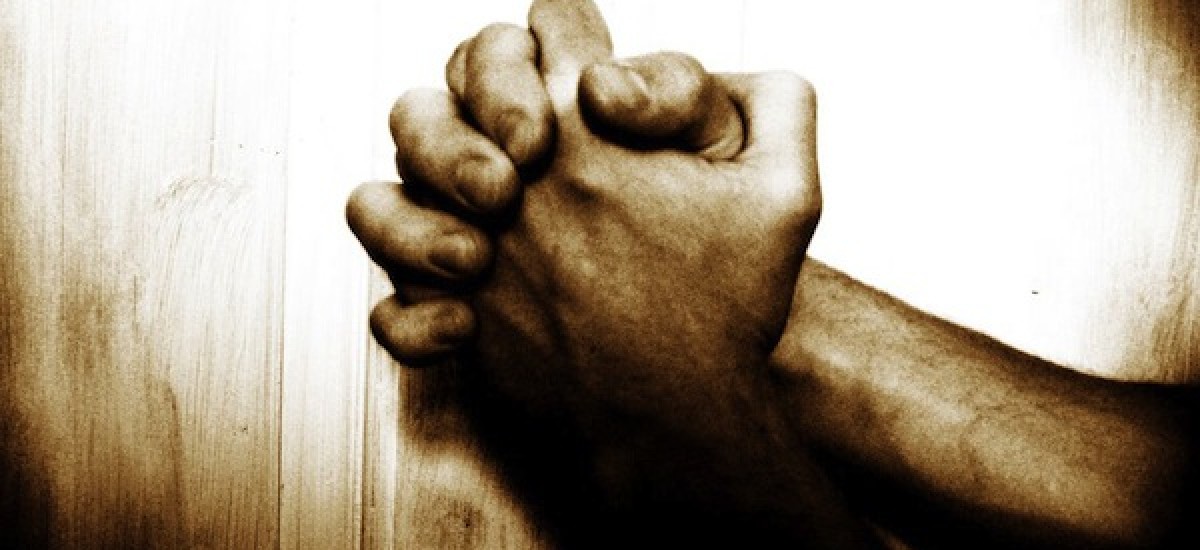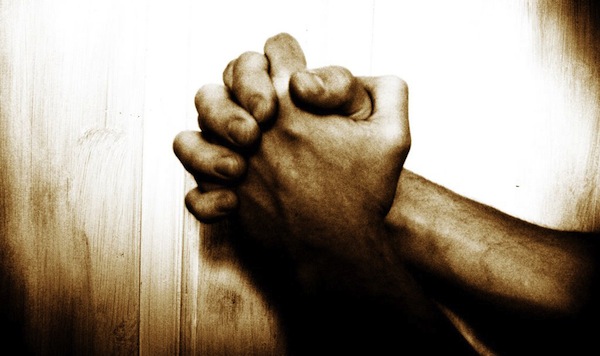Wars are terrible things. They kill people, destroy their property and livelihoods. They also destroy people’s souls. Horrendous atrocities are committed against the defenceless, often in the name of the highest ideals, and often by men – and nowadays also women – who have rarely shown deliberate cruelty towards their fellow human beings or even animals before they donned a uniform or took up a cause. War also turns the unarmed into passive monsters, regaling in the death and destruction of the enemy, gloating over body counts and encouraging their armed heroes to kill.
But war also produces heroism, struggles against odds that seem so astounding that surmounting them seems humanly impossible. Soldiers sacrifice their lives to save their friends and civilians, survive despite horrific wounds and refuse to yield when everything seems lost. Such men and women rise to the status of national heroes, praised and worshipped by their people.
The war in Sri Lanka also produced plenty of examples of such cruelty and courage. Shocking butchery of the helpless was matched by stunning bravery. Over a dozen Sri Lankan soldiers have won the highest military honour in Sri Lanka, the Parama Veera Wibushana, in honour of deeds that defied odds and often logic. They included corporal Gamini Kularatne who stopped an enemy ‘tank’ single handed and 2nd Lt. K.W.T. Nissanka who charged rebel assault troops with grenades in hand despite being severely wounded. The Tigers had their own heroes; countless nameless young men and women who launched themselves against the overwhelming firepower of the enemy and leaders who led from the front. At Ananthapuram in 2009, ‘Colonel’ Theepan’, the legendary rebel commander, the bane of the army at Muhamalai, refused to leave his cadres when the opportunity was there and died with them, earning the rare honour of being one of the few, if not the only Tiger commander whose bravery was publicly, if grudgingly, acknowledged by the Sri Lankan defence officials. These were brave souls from across the ethnic divide, who showed that courage, like cruelty, knows no ethnicity.
But courage comes more easily to the armed than the unarmed. With a gun, a grenade or even a knife a fighting man feels more reassured, more willing to face danger than a man who has nothing but the mercy of the enemy to count on for his survival. If the armed man – or woman – is trained to fight and kill or has a cause to die or kill for it is even easier to overcome fear and face death. For the thousands of civilians who were caught between two fires, there was no such source of strength than their own will to survive the cruelty, depravity and humiliation visited upon them. This too took courage.
There is however, another, special kind of courage. The kind of courage that makes the absolute difference between life and death, the kind of bravery that is demonstrated only because you fear an enemy worse than death: your conscience. Often, it is to be found among the small people for it is they who stand to lose the most by giving into their conscience. To the great, courage is often like arms to the soldier. It comes with the territory.
The war in Sri Lanka had its fair share of such courage too, stirring in its nobility, astonishing in its simplicity, and I might also add, shamefully banished into obscurity. Let me describe two such moments that should have stirred nations but found only a passing mention in the media.
The first occurred during an army rampage in Mannar in December 1984. This was the height of the Tamil militants’ ‘offensive’ against the government forces and a landmine attack near the Jubilee Junction on the Mannar-Medawachchiya Road killed a soldier and wounded six others. As it was customary at the time, the army went berserk, shooting civilians in homes and vehicles. They came across a CTB bus packed with mainly Tamil civilians and the soldiers, their thirst for revenge still unquenched, ordered the passengers to alight so that they could be mowed down freely. The bus conductor, a Sinhalese named Kuda Devage Jayasena protested, saying he was responsible for the lives of his passengers. He would not allow them to be butchered. But the soldiers were in no mood to listen to such reason. They shot the conductor first before murdering the Tamil passengers and the Muslim driver. Altogether about 90 people were reportedly killed that day, the soldier who died in the landmine blast and the bus conductor who stood up for his Tamil passengers the only Sinhalese to die.
The second incident, no less poignant than the first, occurred several years later at the height of the second Ealam War. The Tigers were frequently attacking public transport between Akkaraipattu and Potuvil in order to deter Muslims from travelling between the two towns. Sometime in 1992 they attacked one CTB bus and killed 14 of the passengers, 12 Muslims, one Sinhalese and a Tamil. The Tamil passenger, a man named Rajakulendran, was ordered to alight so that he could be spared. But the brave man refused, choosing to stay with the rest of the passengers. The Tigers promptly dragged the man out and shot him dead before mowing down the rest of the passengers.
Such bravery, such courage, makes us feel small and insignificant. Two simple, probably impoverished men had made the supreme sacrifice standing up for what they believed was right, when many of us, even those of us who would show tremendous courage and daring with arms in our hands would have shrugged our shoulders and stepped aside, salving our consciences with the rationale that it is stupid to intervene when we can achieve nothing. Surely, such acts of bravery belong to the heroes who risk their lives on the field of battle, not to insignificant civilians who should be happy to be spared their lives during such a savage strife?
Perhaps it was stupid and meaningless for nothing has come out of those heroic acts of sacrifice. The passengers were killed anyway and the sacrifice of Jayasena and Rajakulendran simply sank into obscurity, inspiring none. No monuments stand for them, no roads are named after them and no plaques mark the places where they fell. But then, why has it been so? Why is it that such noble acts go unnoticed? How many of us who know of Kularathna, of Nissanka, of Theepan, know about these men, men who died simply because they believed in our common humanity? If they had died charging enemy trenches or tanks their names would echo in our ears like thunder but as they were little people who died for the ‘lesser’ cause of their conscience they are never heard of. We do not know if they were young or old, where they lived, or who they left behind. We don’t even know what they looked like. We only have their names. The story about Jayasena appeared in an article of military atrocities in Mannar in the Saturday Review[1] and to the best of my knowledge, nowhere else, while Rajakulendran’s sacrifice was tucked away in page 7 of the Veerakesari.[2] No doubt, many people who read these reports would have been stirred, but only for a few seconds before moving on to other more ‘important’ parts of the stories, the savagery of the perpetrators of the massacres.
I have nothing against celebrating heroism in battle but I also believe that courage and heroism of the kind displayed by those two simple souls must also be recognised, especially by a nation that is cries itself hoarse about reconciliation and the need to emphasise our common humanity. Are there many better ways to remind ourselves of the cruelty and courage that binds us than to remember and appreciate the selfless sacrifice of a poor Sinhalese bus conductor who died defending his Tamil passengers and an obscure Tamil who fell refusing to abandon his Sinhala and Muslim brethren?


